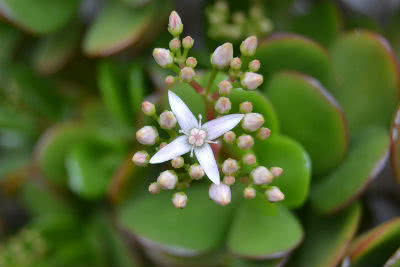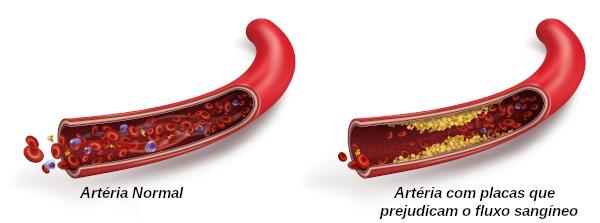Dicotyledons are angiosperm plants that have two cotyledons in the seed.
In dicotyledonous plants, cotyledons store the substances necessary for their development.
Dicots and Eudicots
In the ancient classification system, angiosperm plants were divided into monocotyledons and dicots.
Currently, angiosperms are divided into three groups: monocots, eudicots and basal dicots.
Basal dicotyledons account for only 3% of the total number of angiosperms. In addition, they have more primitive features and are considered to be remnants of the group that originated the monocots and eudicots.
Characteristics of Dicots
flower: How are flowers differentiated in monocotyledonous and dicotyledonous plants?. the flowers of monocots are trimeras. On the other hand, dicots have dimer, tetramer or pentamer flowers.

Tetramer flower of a dicot
Sheets: Leaves with reticulated ribs or feather-shaped (reticulinervia or peninervia). In monocots, the ribs are parallel.
Stalk: Cylindrical arrangement of the sap conducting vessels in the stem. In monocots, the free-wood bundles are spread out.
Source: Pivoting or axial root. In monocots, the root is fasciculate.
Examples of Dicots
Examples of dicots are: beans, peanuts, soybeans, pau-brasil, ipe, peroba, mahogany, cherry, avocado, acerola, rose, pear, apple, cotton, coffee, daisy, cactus and water lily.
Learn more about Angiosperms.


